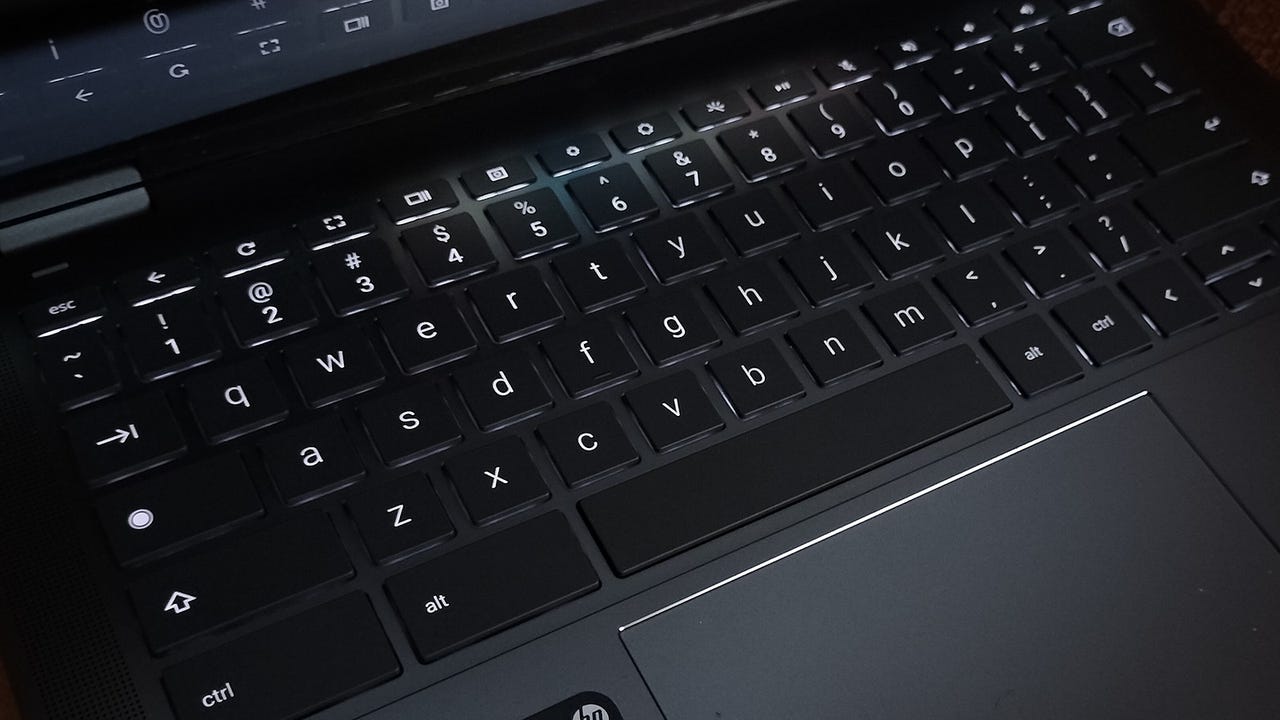'ZDNET Recommends': What exactly does it mean?
ZDNET's recommendations are based on many hours of testing, research, and comparison shopping. We gather data from the best available sources, including vendor and retailer listings as well as other relevant and independent reviews sites. And we pore over customer reviews to find out what matters to real people who already own and use the products and services we’re assessing.
When you click through from our site to a retailer and buy a product or service, we may earn affiliate commissions. This helps support our work, but does not affect what we cover or how, and it does not affect the price you pay. Neither ZDNET nor the author are compensated for these independent reviews. Indeed, we follow strict guidelines that ensure our editorial content is never influenced by advertisers.
ZDNET's editorial team writes on behalf of you, our reader. Our goal is to deliver the most accurate information and the most knowledgeable advice possible in order to help you make smarter buying decisions on tech gear and a wide array of products and services. Our editors thoroughly review and fact-check every article to ensure that our content meets the highest standards. If we have made an error or published misleading information, we will correct or clarify the article. If you see inaccuracies in our content, please report the mistake via this form.
How to send feedback to help the ChromeOS developers (and why you should)

Years ago, I switched to the beta channel for my Chromebooks because I like getting the latest, greatest features before they are released to the stable channel. Not only does this switch allow me to keep readers informed of what's coming, but it also gives me the chance to experience what Google has in store for ChromeOS.
There's another reason I opt to use this channel… to offer my input. You see, when using the beta channel, you are given the option to send the developers feedback on your experiences. This feedback could be bugs/problems you've run into or even to make suggestions on how to improve something.
Also: How to enable Linux on your Chromebook (and why you should)
One thing to keep in mind, however, is that you'll want to include relevant information in your report, which could be:
- Screenshots of the issue (if applicable)
- What you were doing when the issue happened
- Steps on how to re-create the issue
- What version of ChromeOS you are using
- You can even attach system logs (more on this in a bit)
- Your contact information
Adding this information might seem a bit daunting, but the help you offer the developer could be the thing that makes it possible to resolve an issue that's causing you problems with your Chromebook. Keep in mind, however, that you do not have to use the beta channel to report issues. Even the stable version, which you're probably using, allows you to report bugs.
Also: 5 reasons why Chromebooks are the perfect laptop for most people
First, I'm going to show you how to access the Send Feedback window, and then I'll show you how to access your log files and attach them to the report.
How to access the feedback window
What you'll need: The only thing you'll need for this task is a Chromebook. As usual, I would suggest you make sure ChromeOS is updated, which is a process that could solve your issue. That's it. Now, let's get to that feedback window.
1. Log in to your Chromebook
The first thing to do is log in to your Chromebook. Once logged in, you don't have to open any apps to access the feedback window.
2. Open the feedback window
The easiest way of opening the feedback window is with the Alt+Shift+i keyboard combination. This action will open a small window, where you will first be asked to describe the issue you're having. Once you've added a description, click Continue.
From this window, you can also access top help content, which could help to resolve your issue.
3. Accessing system logs
Before you continue, you might want to attach the system logs, which can offer a great deal of help to those who'll be examining your report. To access the system logs, open Chrome on your Chromebook and type the following text into the address bar:
chrome://network/#logs​
On the resulting page, click Store system logs and wait for the OS to finish. The system logs will be saved to your Downloads file in the form of system_logs_DATE.txt.zip (where DATE is the date on which the logs were generated).
Here you can select to include policy configurations and separate log files collected by debugd as a separate file.
4. Attach your system logs
On the next page in the Feedback window, click Add file and then, when the file manager opens, navigate to the system log to attach it.
Also: How to quickly create a Google task from an email in Gmail
You can also select the email address to associate with the feedback, add a screenshot, and allow Google to contact you about the issue. Once you've taken care of that, click Send and the feedback report will be sent.
You have a number of options that are available to help make your feedback report more helpful.
And that's all there is to sending feedback to the ChromeOS developers. By doing this work, you're not only helping the development team resolve a possible issue you might have, but also allowing them to improve ChromeOS for everyone.
